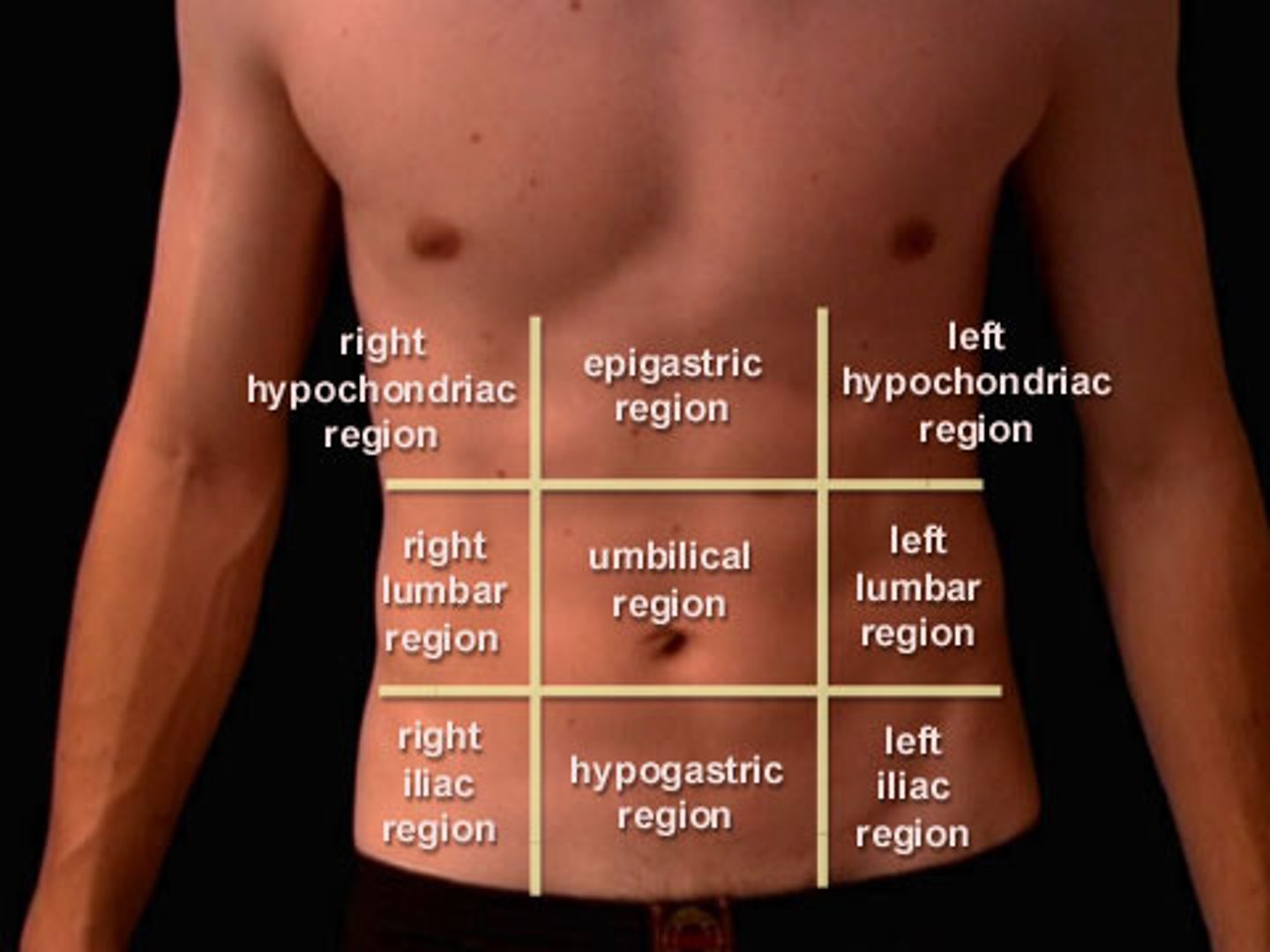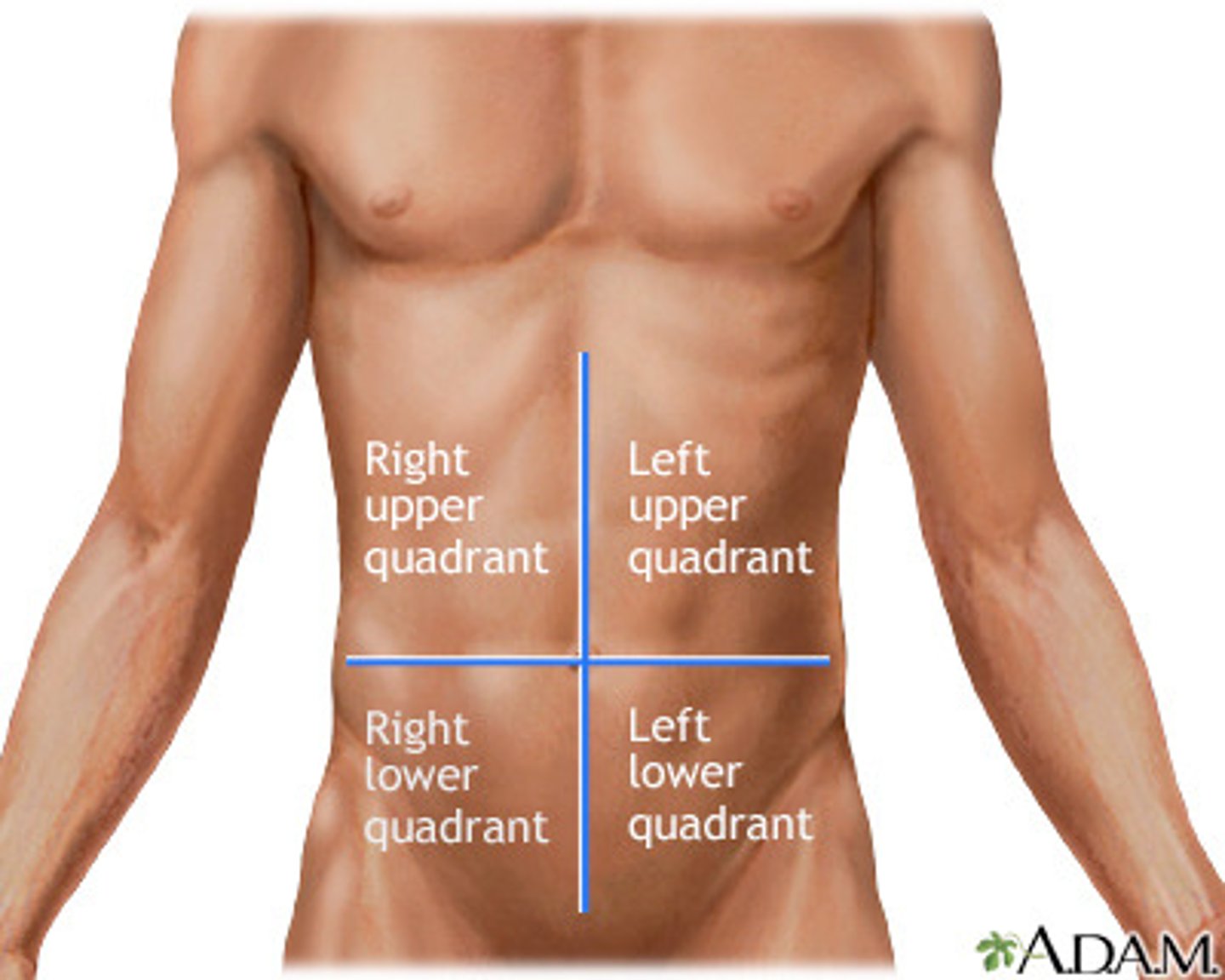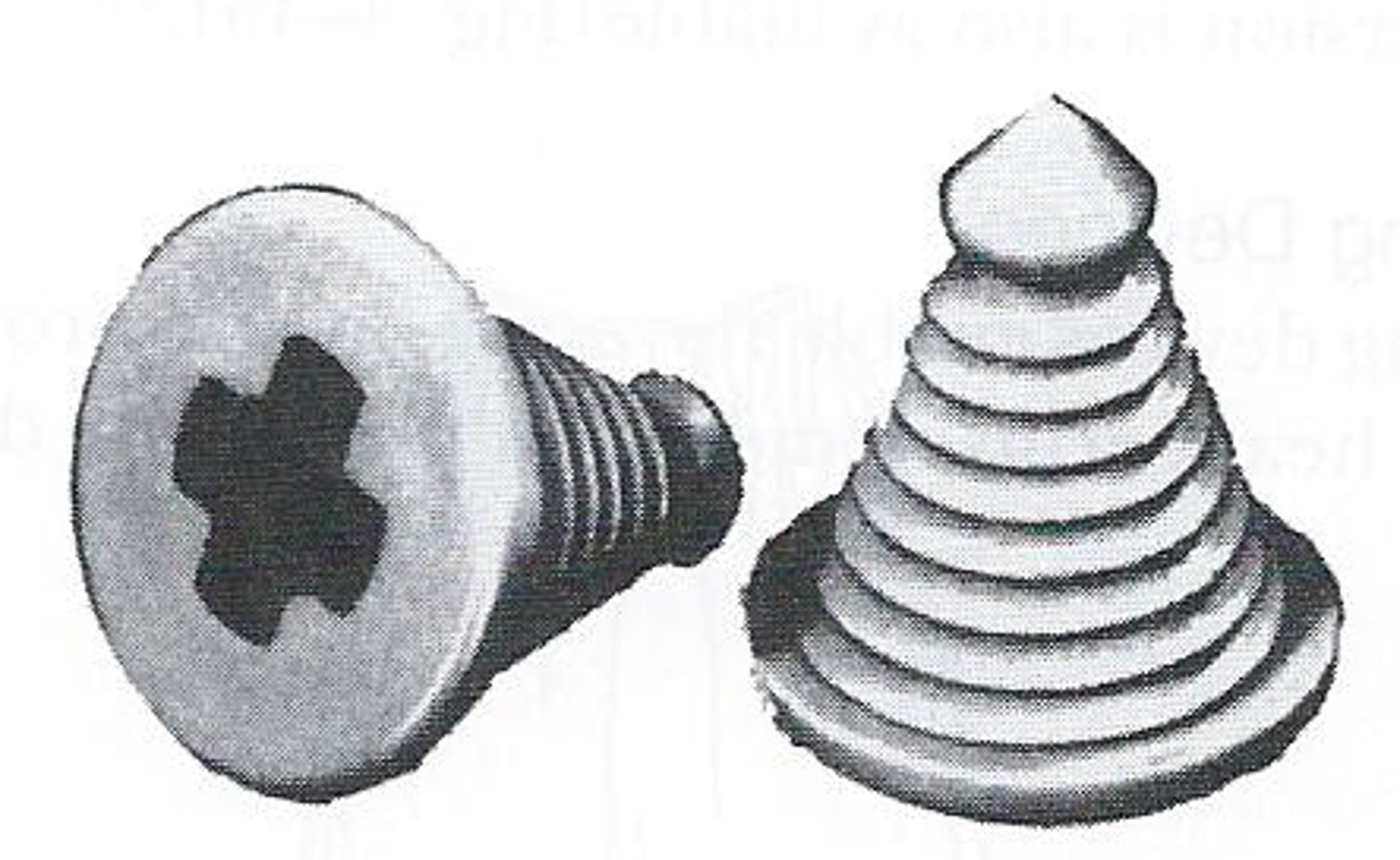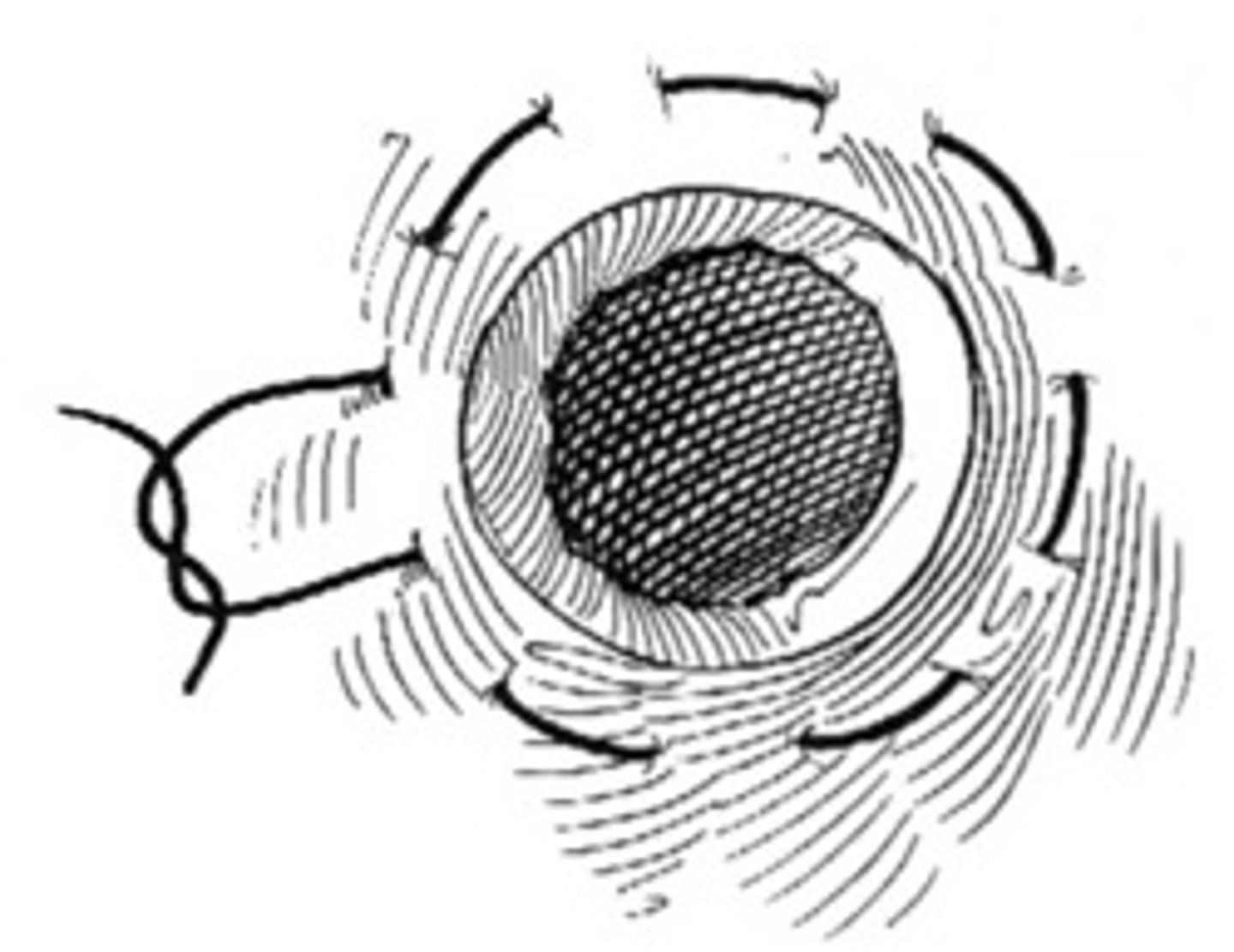Embalming II - Exam 3
1/67
Earn XP
Description and Tags
Lessons 5 and 6
Name | Mastery | Learn | Test | Matching | Spaced |
|---|
No study sessions yet.
68 Terms
cavity embalming
second major procedure in the sanitation and temporary preservation of human remains; the other half of a standard embalming process for a normal case
cavity embalming
direct treatment of the contents of the body cavities and the lumina of the hollow viscera
- aspiration
- injection of chemicals using a tracer
cavity embalming is usually accomplished by:
- to supplement vascular (arterial) embalming (by treating the contents of the hollow viscera and area between organs)
- to reduce putrefactive changes caused by areas not receiving arterial solution
what is the purpose of cavity embalming?
- the 9-region method
- the quadrant method
to simplify the process and ensure all areas are treated in an orderly way, the torso (technically the abdomen) is divided into sections using one of two systems:
9-region method
extend two vertical lines upward from a point midway between the anterior superior iliac spine and the symphysis pubis; use two horizontal lines; one at the inferior margin of the 10th costal cartilage and the other at the tubercles on the iliac crests
9-region method

- upper regions (right hypochondriac, epigastric, left hypochondriac)
- middle regions (right lumbar, umbilical, left lumbar)
- lower regions (right inguinal/iliac, hypogastric, left inguinal/iliac)
the 9-region method is comprised of:
quadrant method
draw a horizontal line through the umbilicus and draw a vertical line down the midline of the body
- right upper quadrant
- left upper quadrant
- right lower quadrant
- left lower quadrant
the four quadrants in the quadrant method:
quadrant method

- gases
- liquids
- semi-solids
all materials needing to be aspirated can be simplified into 3 main categories:
left; umbilicus
The trocar is inserted two inches superior and two inches to the _______ of the subject's _____________. [HINT: their left]
trocar guide for the stomach
direct the trocar point toward the intersection of the 5th intercostal space and the left mid-axillary line; continue until the trocar enters the stomach
trocar guide for the cecum
direct the trocar toward a point ¼ of the distance from the right anterior superior iliac spine to the pubis symphysis; keep the point of the trocar close to the abdominal wall until within 2-4 inches of the right anterior superior iliac spine; dip trocar 2 inches and insert
trocar guide for the urinary bladder
direct the trocar toward the intersection of the median line and the pubic bone(symphysis pubis); keeping it toward the surface until it touches the pubic bone; withdraw it slightly (1/2 inch), dip the point slightly, and insert into the bladder
trocar guide for the heart
direct the trocar along a line from the left anterior superior iliac spine to the lobe of the right ear; keep the trocar point close to the surface of the abdominal wall until it pierces the diaphragm, and then dip the point downward and into the right side (key side)
hydrochloric acid, gases, undigested food, blood
materials needing aspiration from the stomach:
gases, undigested foods, partially digested foods, blood, fecal matter
materials needing aspiration from the cecum:
urine, pustular material, blood
materials needing aspiration from the urinary bladder:
blood
materials needing to be aspirated from the heart:
- cecum
- stomach
- heart
- urinary bladder
the four organs that have guides to allow for the embalmer to direct the trocar:
false
there is a specific order to aspiration (t/f)
true
several passages can be made through each organ (t/f)
true
all organs and the spaces between them need to be aspirated (t/f)
true
concentrated (undiluted) cavity fluid is always used (t/f)
16 oz; 2 total bottles
the rule of thumb is ____ oz. in each the thoracic and abdominal cavities. (___ total bottles)
- gravity injection (most common)
- machine injected
undiluted cavity fluid may be injected by two methods:
mass of tissue
the volume of chemical is determined by the ________ of __________ to be treated
trocar button
provides complete closure and is easily removed if further aspiration and/or re-injection is necessary

purse string suture
offers a complete closure; stitches are made around the opening, and the loose ends are pulled tightly when complete; a bow may be used to tie it; enabling re-opening if needed

• those in which gas formation causes distention or purge
• ship-out cases
• cases with advanced decomposition
• obese cases
• cases in which death occurred due to infectious disease
• cases with ascites present
cases for which reaspiration is common and recommended:
• diseases of the brain
• cerebral hemorrhage
• gas within the cranium
• trauma to the cranial cavity
• infant cases (remember: the infant brain has a tendency to decompose first)
examples of conditions requiring cranial cavity treatment include:
purge
the postmortem evacuation of any substance from an external orifice of the body due to pressure
false, it is generally up to case analysis and embalmer preference
post-embalming treatments and care follow a set order (t/f)
surface embalming (topical)
• normally external (internal is possible)
• use of packs/compresses
• abrasions, lesions, burned skin, and skin-slip respond well
• chemicals: autopsy gels, cauterizing agents, cavity fluids
hypodermic embalming
• use of hypodermic needle and syringe OR hypovalve trocar
• treat large and small areas
• arterial solution may be used (often strengthened)
• common on autopsied cases
hypodermic and surface embalming
these two types of embalming are considered supplemental and corrective:
massage cream
use _____________ __________ to avoid dehydration of the face and hands
closed
following embalming, all incisions must be:
baseball suture
the most common type of suture
bridge suture
also known as individual or interrupted suture
single intradermal suture
uses only one needle; also known as a hidden suture
double intradermal suture
uses two needles; also known as a hidden suture
lock suture
similar to both baseball and roll but each loop is locked/knotted; also known as an interlocking suture
whip suture
also known as a roll or continuous suture
worm suture
recommended for cranial autopsies; also known as an inversion suture
purse-string suture
used for round openings like a trocar puncture
N-suture/Z-suture
great for small openings (i.e. IV lines)
basket-weave suture
does NOT close anything; used as a base for further restoration
features
after embalming, ensure the ______________ were not altered during injection and cavity treatment
purse-string or N/Z suture
after removing any invasive medical devices it is best to use one of these two sutures:
glue
it is often recommended to apply ________ to the outside of the suture when complete - for added security
- nose
- mouth
- anal canal
to stop purge, it is best to pack:
- dry cotton
- A/V closure
in instances of rectal purge, pack with saturated cotton and close with:
before, during, and after embalming
when should bathing occur during the embalming process?
- primary disinfection
- concurrent disinfection
- terminal disinfection
the three types of disinfection:
post-embalming
when bathing should be the most thorough:
• discolorations (extravascular)
• swelling/distention
• edema (if not removed via edema fluids)
• subcutaneous emphysema
conditions that may be treated after embalming:
plastic garments
if leakage is present or the possibility is a concern, these are used to protect clothing and the interior (casket, container, etc.)
absorbent
________________ powder is placed inside of plastic garments
• Unionalls
• Coveralls
• Stockings
• Sleeves
• Pants
• Capris
plastic garments include:
warm
following embalming, the embalming machine must be flushed with (preferably) _______ water
filled
after being flushed the embalming machine should be _________ with water to protect the internal seals
gloves
the last part of PPE that is removed and disposed
embalming report/case analysis
document that is filled out every time following embalming
• embalming authorization
• ID or case logbook
• personal effects inventory
• prep room disinfection log
documents sometimes filed out following embalming:
• Infestation by insects
• Leakage
• Incisions/sutures
• Mold
• Feature adjustments (eyes or mouth opening)
• Discolorations
• Edema
• Purge
• Dehydration
• Other (skin-slip, decomp, etc.)
following embalming, these (10) things should be monitored in case treatment is necessary: